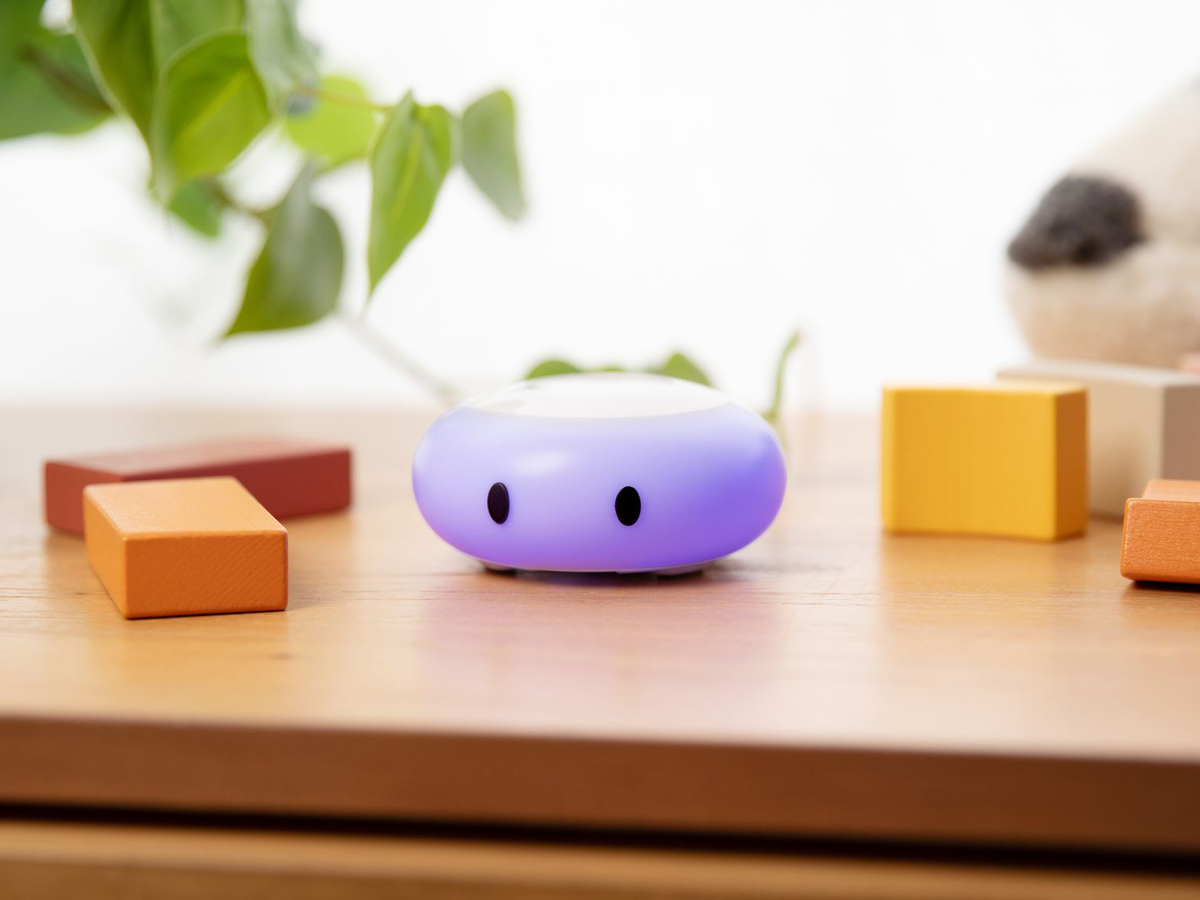
4 Effective Tips to Keep Your Cool in the Face of Kid Meltdowns and Defiance
Just because your kid is getting angry or upset doesn't mean you have to also.
In dealing with children who act out, it often seems like we have to choose: Do we maintain our warm, loving connection, or do we enforce that boundary? If you’re a mom who is committed to respectful parenting, how do you adhere to those limits when your toddlers and preschool-aged kids push back?
Doing both—remaining warm while setting expectations and following through—is critical. It supports children in learning the all-important skill of self-regulation, since kids with high levels of self-regulation at age 4 are more likely to do better decades later in their careers, relationships and personal lives. Research also shows parents who have high levels of warmth and connection along with elevated expectations are the most likely to end up with happy, well-adjusted children.
Although it takes tremendous patience to deal with your kiddo's meltdowns, here are four tips you can apply so you don't lose your cool.
1. Set boundaries earlier
Permissive parents are often uncomfortable setting firm expectations and doing what's needed to help their child follow through. But such follow-through is exactly what their relationship needs, and is often what children are asking for with their extreme behavior. They need you to be the loving authority, where you guide, correct and help them with compassion. When you wait until you’re at the end of your rope to finally lay down the law, chances are that you’ll do it in a way that’s punitive and disconnecting.
Children are just learning to manage emotions like disappointment and anger; you can only support them in this process when you aren’t flooded yourself. Set that firm limit as soon as you start to feel annoyed, and then you can respond with compassion when your child gets upset. Allow the feelings, be empathetic and then help your child learn to move on.
2. Extend “olive branches” of connection
When you ask your child to do something and are met with defiance, this should be your first step. Does your child need a hug, a joke or to run down the hall and back before she’s ready to do what you’ve asked? Try being silly before becoming stern. This will help you manage your own level of arousal and, who knows, your kid may respond with delight. If your attempts are rebuffed, help your child do what you’ve asked in a calm, matter-of-fact way. Every 30 to 90 seconds, extend an olive branch to see if your kiddo is ready to reconnect. Sing a little song, tell a little story or try a gentle touch. If she rejects the gesture, go back to being calm.
Once children realize things are going to progress whether they go along happily or not, they’ll often choose to do them the more enjoyable way. When kids choose to make the best of things, they’re practicing managing their level of emotional arousal—an important aspect of self-regulation. However, tots can only do this if we adults manage our own annoyance and offer connection.
3. Side-step anger
Many times rage stems from baggage from the past. Perhaps you were once bullied, and when you see your preschooler push another child and laugh when he cries, your brain rolls out a future in which your child goes through life bullying others. While it would be nice if we could just put our parenting on hold for a few years of therapy, this isn’t practical. Instead, learn to bypass anger. Ask, “What am I afraid of when he does that?” Thank your reptile brain for bringing up this possibility, and then consciously list other possibilities. Perhaps he needs more positive attention or more social tools or he recently dropped afternoon naps and that time of day is challenging.
Come up with a plan of action. Set your phone alarm for every hour you're together and take two or three minutes to really bond. Tell stories of people being kind, generous and inclusive, and give him some phrases to use instead of pushing. Set up calming activities for the late afternoon, like a sink of warm, soapy water and some dishes or water toys. If you calmly and consistently correct the misbehavior, the behavior will stop.
4. Restore the connection
Despite our best intentions, sometimes we don’t handle things as well as we’d like. Perhaps your child was defiant and you lost your cool by yelling or punishing. When that happens, some repair work is needed once things calm down. If things were only somewhat bad, you can let your child know that the incident can be put behind you and things can return to normal. You might say, “Whew! I’m so glad that’s over!” as you exaggeratedly collapse into a chair. Then have a snuggle, tell a story or engage in some fun physical play. Once giggles flow again, the connection is restored.
But if the episode was a full-on power struggle, it’s important to reassure your child in an age-appropriate way. This doesn’t mean abject apologies and wallowing in your guilt. It might start with, “Wow, I was really mad, wasn’t I? I’m learning to keep my temper just like you. I’m done being mad now.” Then, in addition to reconnecting, take some time to think about how you’ll react differently in the future. How can you take a moment to connect before asking your child to do this same thing? How can you make the activity itself more enjoyable? Could you skip it altogether? One thing that’s wonderful about parenting is that you’ll always have an opportunity to try again.
Written by Faith Collins for Working Mother and legally licensed through the Matcha publisher network. Please direct all licensing questions to legal@getmatcha.com.
Also in Blog

6 Tips for Parents to Help Kids Adjust to the Fall Back Time Change
Every year, parents brace themselves for that bittersweet event known as the “fall back” — when clocks turn back one hour for the end of Daylight Saving Time (DST). While gaining an hour of sleep sounds amazing in theory, parents of babies and young kids know it usually means one thing: an hour earlier wake-up. Here are six helpful tips to make the “fall back” transition smoother for your family.

6 Helpful Tips for Parents to Navigate the Spring Forward Time Change
Daylight Saving Time (DST) is right around the corner, and for parents of young children and babies, the “spring forward” shift can feel like a daunting challenge. Losing an hour of sleep and adjusting to a new schedule can lead to cranky mornings, disrupted sleep patterns, and general chaos in the household. Fortunately, there are ways to ease the transition and help your little one adjust smoothly. Here are six helpful tips to make this time change easier for both you and your preschooler.

